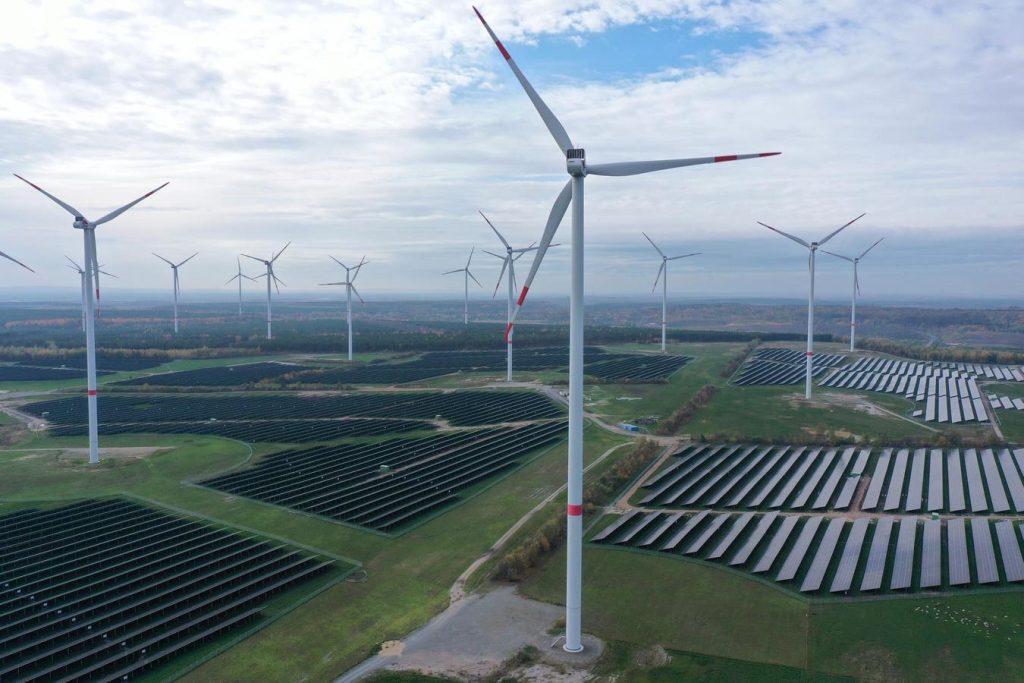What is the best way to change corporate behavior when it comes to sustainability and ESG? The answer depends on who you ask and—increasingly—what part of the world they live in.
For years, legislators and regulators around the world have been asked to govern their way to a greener, more sustainable future. The list of would-be solutions is long and reads like a who’s who of the ghost of policies past, present, and future. From a carbon tax to cap-and-trade and all measures in between, many ideas have been bandied about, and some countries have recently made huge investments in selecting their preferred routes. That includes the United States, which – with last year’s introduction of the Inflation Reduction Act (IRA) – opted for the path of tax subsidies.
The U.S. believes it can incentivize its way to a cleaner energy economy “powered by American innovators, American workers and American manufacturers,” according to the White House. Early returns show that they may be right. But that approach differs quite considerably from other jurisdictions, with the European Union and its Green Deal being the most obvious example. The question is, not so much whose approach is right, but how will these different approaches affect the management and compliance strategies of multinational companies?
A Subsidy Windfall
When the IRA became law in 2022, the Biden administration had a clear mission: bolster green manufacturing on U.S. soil by offering billions of dollars of federal subsidies, loans, and grants. So far, the results are encouraging.
Subsidies outlined in the IRA have already resulted in $275 billion worth of private investments in everything from manufacturing batteries in the US to recycling those batteries to solar projects to wind projects. Battery incentives alone are huge, and as a result, there have been 62 announced projects with a combined $53 billion in planned private funding just for EV and battery projects since the IRA became law, as tallied by a tracker run by Wellesley College energy researcher Jay Turner.
What’s more, these incentives will seemingly work as intended. A Princeton research team found the IRA will dramatically cut U.S carbon emissions, with economy-wide emissions reductions between 43 and 48% below 2005 levels by 2035, which is close but not quite the 50% below peak levels by 2030 target that the U.S. has pledged.
It’s a very strong start, and a true testament to how a government can help move the needle on an issue of such importance. But some stakeholders, particularly those based in the European Union, have voiced concerns that the promise of investment alone may not be enough.
The EU’s Behavioral Approach
The EU’s Green Deal is certainly heavier on concrete legislative changes. It expands the provision of existing legislation and adds a significant number of new regulatory instruments in an effort to quickly change behaviors by offering not as much in the way of financial carrots but evoking a stick-like approach in terms of non-compliance. The law includes provisions that change climate law, help make transportation more efficient, transition to clean energy, and impose tight timelines on companies to make changes to comply with these edicts.
“We want to compete on quality, not on subsidies,” a European Commission spokesperson said when asked about Green Deal vs. the IRA.
But the EU knows that the promise of subsidies can be alluring, especially when viewed next to significant legislative changes. Some officials are concerned that the IRA will lead to manufacturing leaving European shores to head to the US for its IRA tax credits. That attitude is echoed in a recent survey of Finnish companies, which found that, among those surveyed, 65% of Finnish companies expect the IRA package to have an effect on their operations, while nearly half believe that exporting to the US will become even more difficult.
That may have been a driving force behind the February introduction of the Green Deal Industrial Plan. The plan is seen as a less compliance-driven approach based on four key pillars, which the European Commission (EC) describes as: “a predictable and simplified regulatory environment, speeding up access to finance, enhancing skills, and open trade for resilient supply chains.” At its launch, EC president Ursula Von der Leyen stated that it would also allow “better access to finance.”
There’s little doubt that subsidies create plenty of opportunities for a company’s sustainability strategy in the short-term, but when the rubber meets the road, will it be the right move for the global community in the long-term? And will it truly make an impact on global emissions?
Multiple Paths Forward
The best news for firms trying to parse the best way forward is that there is no one-size-fits-all approach. The divergent strategies of the U.S. and the EU offer companies an opportunity to take individualized strategies, whether that’s going all in on incentives, compliance, or a hybrid approach. A manufacturing company may choose to capitalize on the U.S.’s offer, while another may decide that it’s easier or more cost-effective to simply comply with the various elements of EU’s Green Deal and pick up some of the now more accessible finance on offer there.
Those companies that do decide to opt for incentives whichever government is offering them, though, could win two-fold. By accessing money some companies view as essentially free, they can make major investments in their future and earn the goodwill that comes along with innovating while also taking advantage of the green government subsidies in the process. In the short-term, that’s certainly enticing. As for what impact these measures will have on the stated climate objectives a decade or two down the road? Time will ultimately tell.
Read the full article here




